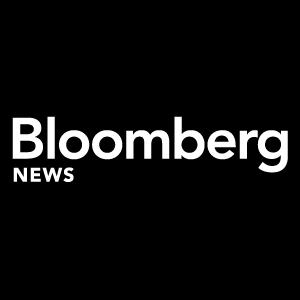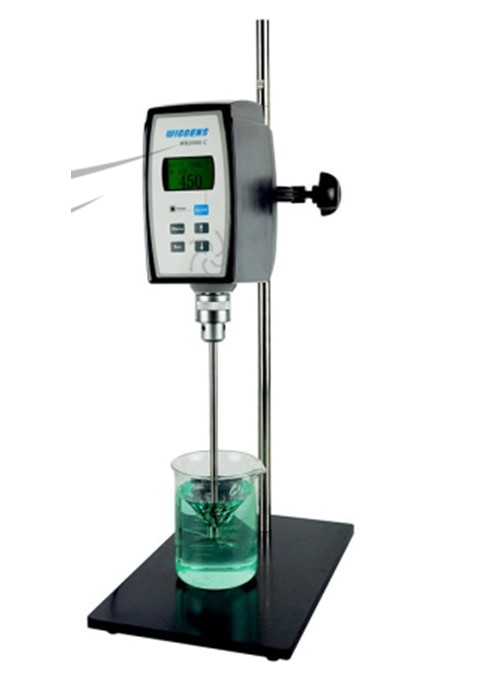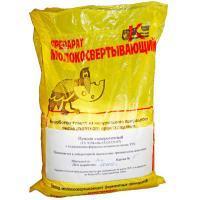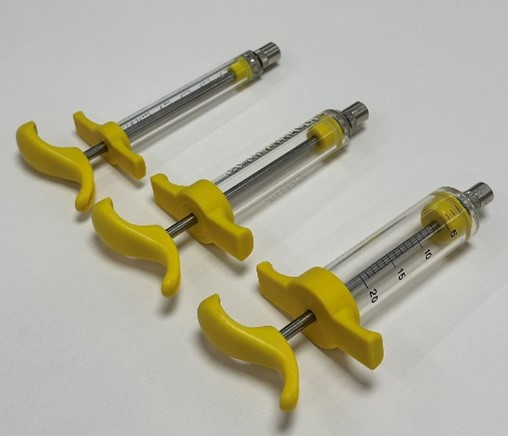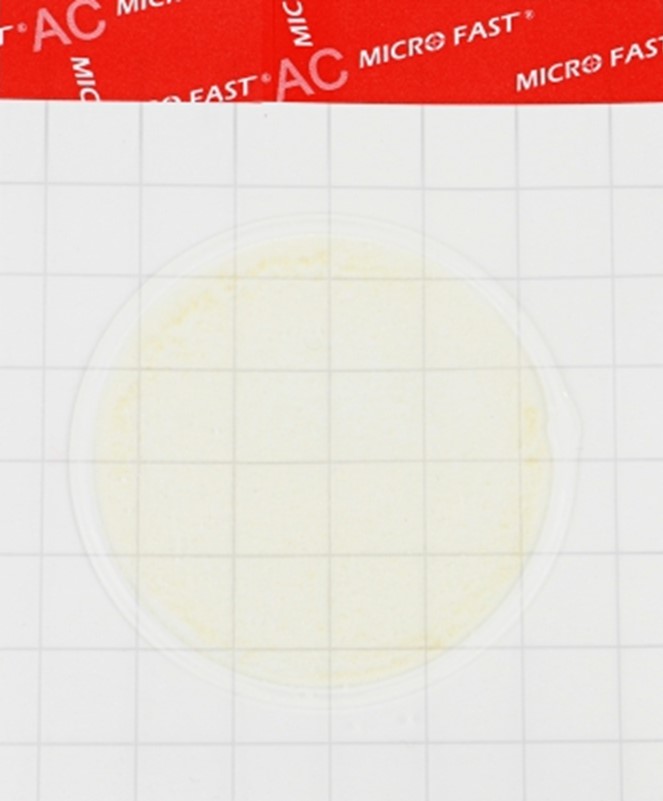WHO criticizes China for data on the number of deaths from COVID-19
CHINA does not provide complete information on the number of hospitalizations and deaths from CORONAVIRUS, said Michael Ryan, executive DIRECTOR of the World HEALTH Organization (WHO) health emergency program, according to the Financial Times.
“We believe that the current data released in China does not fully reflect the true impact of the disease in terms of hospitalizations, admissions to intensive care units, especially in terms of mortality,” Ryan said.
He urged Beijing to be more transparent about the extent of the pandemic after Chinese President Xi Jinping ended the "zero-tolerance" (zero tolerance for covid-19 ) policy: in the PRC, each coronavirus outbreak was suppressed through lockdowns and severe restrictions.
However, a wave of protests led to the policy being abandoned, accelerating the rise in infections. At the end of December, the newspaper wrote, citing the deputy director of the Chinese Center for Disease Control and Prevention, Sun Yang, that about 250 million people, or 18% of the population, fell ill with coronavirus in the first 20 days of December after the restrictions were lifted. Half of Beijing's 22 million residents have been infected, The Wall Street Journal reported. However, as of Tuesday, China has officially reported only 5,258 COVID-19 deaths across the country, including 25 cases since Dec. 1. Beijing has stopped publishing daily data on COVID-19 cases.
On Tuesday, Chinese scientists presented data to a WHO technical advisory panel showing that no new variant of the coronavirus had been detected in the country of 1.4 billion people, REUTERS reported. At the same time, the World Health Organization believes that the recent outbreak of COVID-19 in China is caused by Omicron BA.5.2 and BF.7 sub-options.
BLOOMBERG learned about the "paralysis of the system" in China due to deaths from covid Society
According to The Wall Street Journal, back in mid-November, Xi Jinping hesitated whether to abandon the zero-covid policy or not. However, a wave of protests in the country's major cities at the end of November and persistent calls from government circles finally pushed him to lift most of the restrictions. The country championed the policy change as "the right move at the right time." In a New Year's address, Xi Jinping acknowledged that his zero-tolerance policy had undermined public confidence in him. “This path has not been easy for anyone,” he said.
Read on RBC Pro Chinese empire: how the mysterious owners of Shein earned $ 40 billion Aerobatics: how to get a job that is not posted anywhereHow Ronaldo stays in shapeAt the same time, in the run-up to the 20th National Congress of the Communist Party of China, Xi Jinping aimed to achieve "a crushing political success." This required the elimination of any threats to his authority. After Xi Jinping's re-election, many expected an easing of restrictions despite the rise in infections. The Chinese president has been "inundated" with signals that his anti-virus policies are becoming a source of social instability and economic upheaval, the newspaper notes. However, he was still not ready to completely abandon the "zero covid" and limited himself to a gradual easing of measures. The protests in late November alarmed Xi Jinping and his inner circle. The fight to prevent the spread of the virus began to seem more and more futile, and the social and economic costs grew, the newspaper writes.
Brussels, meanwhile, recommended that EU countries selectively test passengers arriving from China, as well as requiring them to test for COVID-19 no more than 48 hours before departure and wear masks or respirators on planes. The Wall Street Journal wrote that the US does not rule out imposing restrictions on the entry of the Chinese. Beijing has already promised to take retaliatory measures against those countries that impose restrictions on Chinese citizens.

